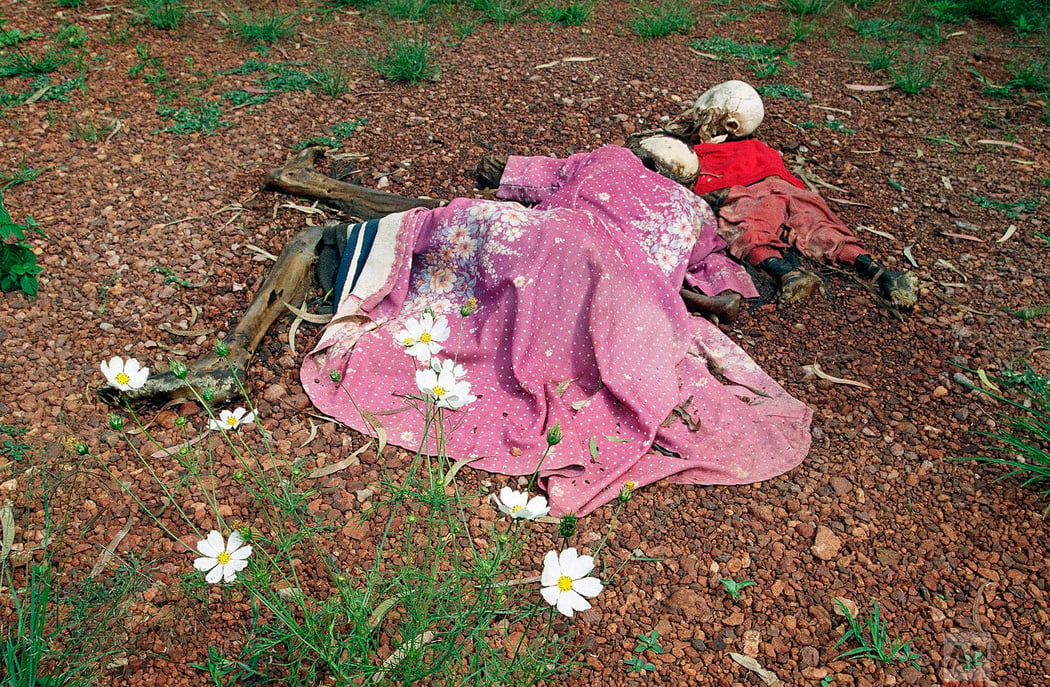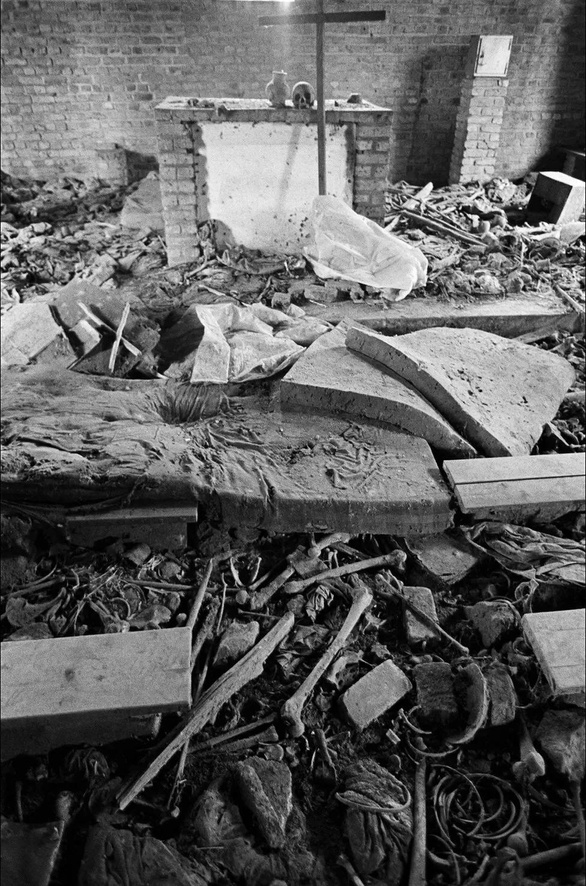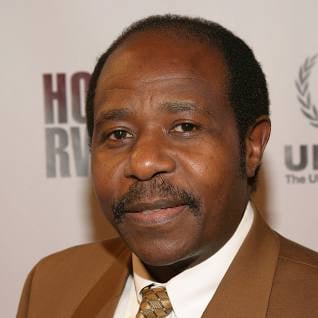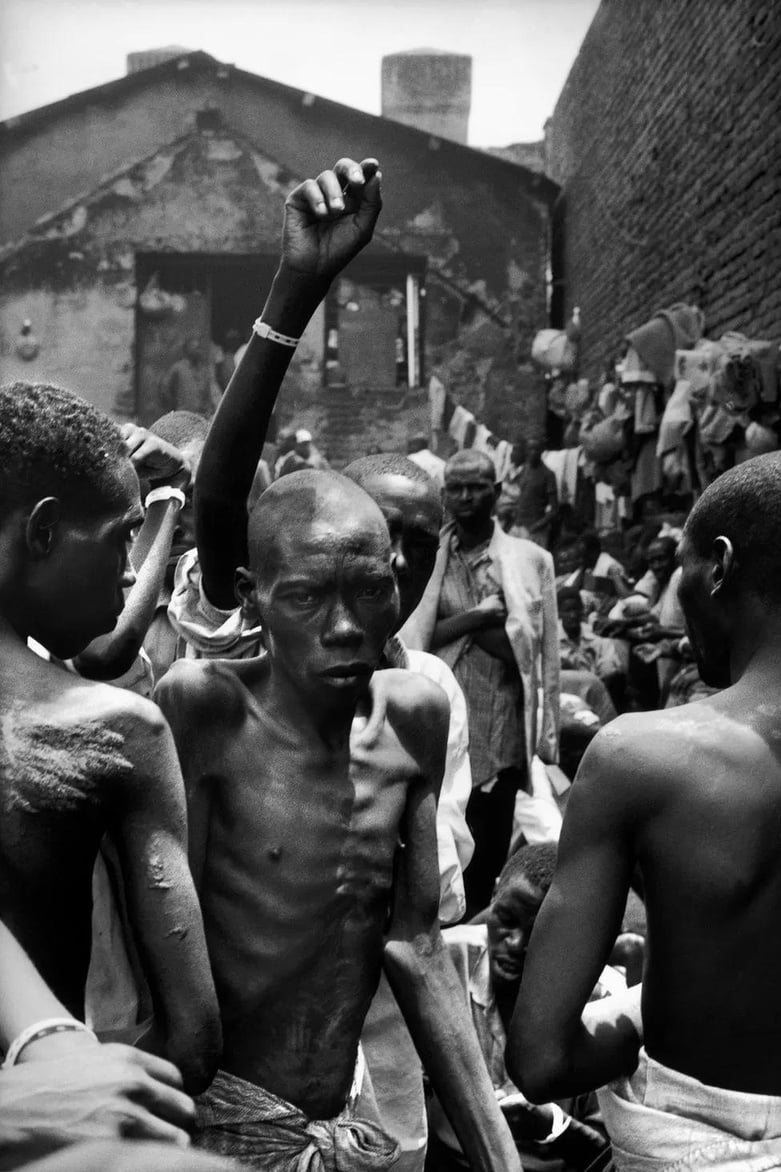Rwandan Genocide
A website created for National History Day's prompt of Frontiers in History.
By: Valerie Onyango ( grade 10 )
Teacher: Mr.Martin of Hereford Highschool


The Rwandan genocide ended over 28 years ago, and in those brutal 100 days of genocide, more than 800,000 civilians died, the majority of them being a part of the Tutsi tribe. The aftermath of this genocide resulted in a new perspective on Africa as a whole. Rwanda's image was then labeled as being damaged goods, having ruthless citizens, and just another third-world country. In reality, the genocide still has permanent effects on the people and its neighboring countries, for example, the many unidentified dead bodies and bones that lay out in the open or in mass graves, the Rwandans that ran from the country and still are afraid to go back from experiencing PTSD and the genocidaires creating a bad reputation for Rwanda.

During the 100 days of genocide, thousands of Rwandans were raped, mutilated, cannibalized, murdered, verbally degraded ( being called cockroaches, this term derived from the Tutsi being the equivalent of a pest taking over 'Hutu land' ) and stripped of dignity and humanity. This decline started with Belgian colonizers favoring the Tutsi tribe, giving them more praise for being more established than the Hutu tribe. The class warfare continued as years went on, even after colonization ended.
On April 6, 1994, two Hutus, previous Rwandan President Juvenal Habyarimana, and his colleague Cyprien Ntaryamira were aboard a plane that was shot down and ended the lives of everyone on it. Some Hutus falsely claimed that the perpetrator was a Tutsi, thus causing mass panic from the public and immediate rebellion from the Hutu who supplied themselves with machetes.

photo taken by Thos Robinson posted on Getty images

Paul Rusesabagina, a hero who saved the lives of thousands of Tutsi is a part of the Hutu tribe. His efforts and success came from him bringing in Tutsi in need of safety within the hotel Rusesabagina managed. Today Rusesabagina fights against the Rwandan president who believes Paul Rusesabagina to be a criminal.

in an interview Rusesabagina said:
Mr. RUSESABAGINA: "The first bad experience I went through, that was when they (unintelligible) my knife. When I evacuated from my house I was (unintelligible) by the army because the government had taken over the Diplomat Hotel, where I was the general manager. About a mile away from my house I was stopped by the same. Where on the street we were stopped, there were so many dead bodies. Some of them their heads completely cut off, missing heads, others bellies opened; others mutilated. When they stopped me and told me, listen, you trader, we are not killing you, but have this gun and kill all of your cockroaches in these cars, I knew those guys were not joking. They were all around the street. There were many died bodies. So I just stayed speechless for five minutes watching the captain who was handing me over the gun.
And after five I told him, listen, my friend, I do understand you. You guys are tired, but we can solve this problem otherwise. And then we started finding other solutions. After two hours of dialogue, the argument was to take us to the hotel and then I give them some cash. Here, I will tell you that even the hardest heart you have ever heard or seen always has a very small part of it with which you can always play around and get a better solution."

The Rwandan genocide put many Tutsi who couldn't escape into poverty, and the Hutus who fled the country became refugees in DR Congo. During this, Tutsi sought out rebellion and caused crime rates in DR Congo to rise, this side effect of the genocide being more detrimental to millions that died in the spike of violence in DR Congo.

In Episode 113 of the podcast This is Actually happening A refugee from Rwanda said: "And then, we started hearing houses being burnt around the villages. Men were killed and boys. We
could see on the hills people running, mostly women and children, trying to hide everywhere. And everything
had to stand still. The only thing was starting to kill and run. This was the Hutu group. This was the young
men and the men trained in secret because it was like an up rise. These were young men who were trained to
kill with machetes. They had made sticks that were that had big knobs and on top of the big knobs they had put
some nails. These were killing sticks. So, at the beginning of the killing, they started burning houses, uprooting
the houses, killing men and boys, and then they would let the women and children to wander. In my mind, I
thought, “Maybe they won’t touch the women and children.” But they waited them until when they would get tired
and they started killing everybody. On the radio, you could hear them kill them. “They are cockroaches. They
are snakes. Don’t leave even a single soul to tell the story.”
There were no markets. There are no schools. There are no hospitals. Nothing was functioning, except
to wake up and go and kill, burn the houses, kill, and steal the things you find in your way. Every day, we were
listening to this. Even if you didn’t want to listen to this, around you, there were cries, there were burnings. You
could hear people that so and so is being killed.


"But then I started to ask myself, "What do I count myself? Do I go to my husband's side since I'm married to a Hutu? Maybe I had the right to stay on his side." But then immediately someone, one of the local people on the roadblock, came and pulled me, said, "Hey! You don't belong to that side if you're married to him — just here." So I was pulled to that side and they started up with a machete coming towards me. What I did, I raised up my hand and I said "Please, please don't kill me."

References
Bagarinka, N. (n.d.). Eyewitness Testimony: Norah Bagarinka. Youtube. Retrieved August 28, 2013, from https://youtu.be/lAQlv-NAMos
Eyewitness Testimony: Norah Bagarinka is a primary source interview from Youtube. This source provided information such as a personal account of what she saw, the family members she was taken away from and the treatment she has gotten from the government.
BBC news africa: Rwanda genocide: 100 days of slaughter. (2019). In Gale in context online collection. Gale.
BBC news Africa: Rwanda genocide: 100 days of slaughter is a secondary source article from the Gale. This source provided information such as background information on how the genocide started, imagery from the genocide as it was happening and statistics on the people that died.
Bentrovato, D., Dr. (2014, July 23). Twenty years on, the Rwandan genocide festers across the border. Reliefweb. Retrieved july 25, 2014, from https://reliefweb.int/report/democratic-republic-congo/twenty-years-rwandan-genocide-festers-across-border
Twenty years on, the Rwandan genocide festers across the border is a secondary source article from Reliefweb. This source provided information such as background on the Rwandan genocide, and its legacy.
Divided by ethnicity. (n.d.). ushmm. Retrieved September, 2021, from https://www.ushmm.org/genocide-prevention/countries/rwanda/case-study/background/divided-by-ethnicity
Divided by ethnicity is a secondary source article from ushmm. This source provided information such as background information about the two tribes as well as eyewitness testimonies.
Missildine, W. (2018, August 7). What if you survived a genocide? This Is Actually Happening. Retrieved July 27, 2021, from https://www.thisisactuallyhappening.com/podcast/episode/23fee881/what-if-you-survived-a-genocide-rebroadcast-113
"What if you survived a genocide?" Is a primary source podcast episode from This Is Actually Happening. This podcast provided information such as first person experience during the genocide, the impact that the genocide has on the victims and why a first hand account is a reason why speaking about the genocide is important.
Paul rusesabagina, no 'ordinary man'. (2006). In News & notes. Gale.
Paul Rusesabagina, no 'ordinary man' is a primary source broadcast from Gale. This source provides information such as a first hand account on how the victims of the genocide were rescued and how the perpetrator was captured.
Rwandan genocide. (2020). In Gale in context online collection. Gale.
Rwandan genocide is a secondary source article from Gale. This source provided information such as military involvement and the aftermath.
Rwandans remember hundreds of thousands of genocide victims. (2019). In Morning edition. Gale.
Rwandans remember hundreds of thousands of genocide victims is a secondary source broadcast from Gale. this source provides information such as the punishments delt by the American government and the Rwanda government to the culprits of the genocide.